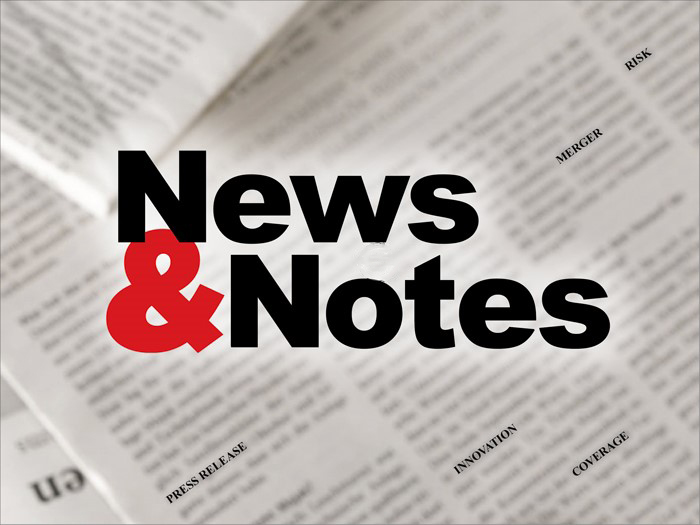Opinion | Disaster Comes in All Shapes; Make Sure Your Company Is Prepared Now
A lot tends to churn weather-wise in the fall — it is hurricane season, after all — but a lot churns politically and in our business worlds as well. As the lazy, hazy summer days dissolve away and we are not paying attention, this is when disasters are most likely to strike. Weather catastrophes, lawsuits, product failures, data breaches and other highly volatile events make all organizations vulnerable to disasters.
September was National Preparedness Month.
Municipalities across the country were to review and update their emergency management protocols. Did you? Have you reviewed your business continuity strategies? Have you rehearsed your crisis management plans? Does your organization have an up to date incident management scheme in place? Is it well resourced? Do you have an integrated crisis and emergency communication plan?
A strong communication plan during a chaotic emergency is one of the most important elements of a disaster preparedness plan in my view. Sadly, in my experience, it often tends to be the weakest part of crisis planning and execution.
Strong communication requires an integrated strategy for how you plan to communicate during an emergency or crisis. A communication strategy development starts with an overall risk assessment that identifies threats and vulnerabilities to your organization. After analyzing what business functions are critical to your operations, you identify required responses, including a crisis management team to protect your critical business functions.
The strategy must address what is to be communicated during crises and what will be your source of information. From where will communications take place? How does the word get out and to whom? When and how often do communications get out? Who does the communications in an emergency — one person or many?
In an emergency or crisis, it is never a good idea having several people trying to control or influence communication decisions at the same time. There is great truth in the old adage of having “too many cooks in the kitchen spoiling the broth.”
Your crisis communications should always be truthful. Any misleading information will destabilize the organization’s recovery effort. Fact-based information should be released from a singular reliable entity in your organization. This protects your organization from possible fragmentation of your message.
All information or directives should be run by your emergency operations center to avoid unintended confusion and consequences. Only accurate information needs communicating internally within the organization and externally to the public, customers, investors, industry leaders or other stakeholders. Prepare messaging before your crisis becomes public. Divulge only what you know and don’t shy away from admitting uncertainty and risks.
Stakeholders affected by a crisis need clear guidance as to what to anticipate. To help spread the word, set up a call tree and an alert notification system to keep stakeholders updated regularly or provide a means for those outside the organization to communicate back with the organization.
You should also plan for alternative methods and redundancies for communicating. Usual communication systems may be compromised during a disaster. Power, mobile, web networks and computer systems may be unavailable. When the plan and corresponding messaging is completed, test, test, test, rehearse, rehearse, rehearse and train, train, train your plan routinely. Failure to prepare is preparation for failure.
Critical to the success of a crisis management and communications system is recognizing that during a disaster, business is “unusual.” Proactive and coordinated communications through a single Emergency Operations Center that is empowered to triage issues is key to surviving your storms. &










